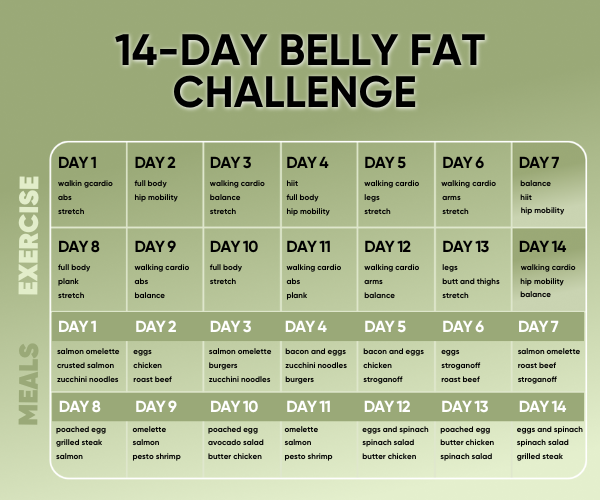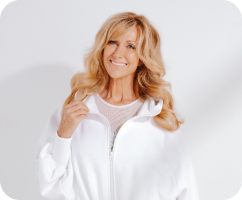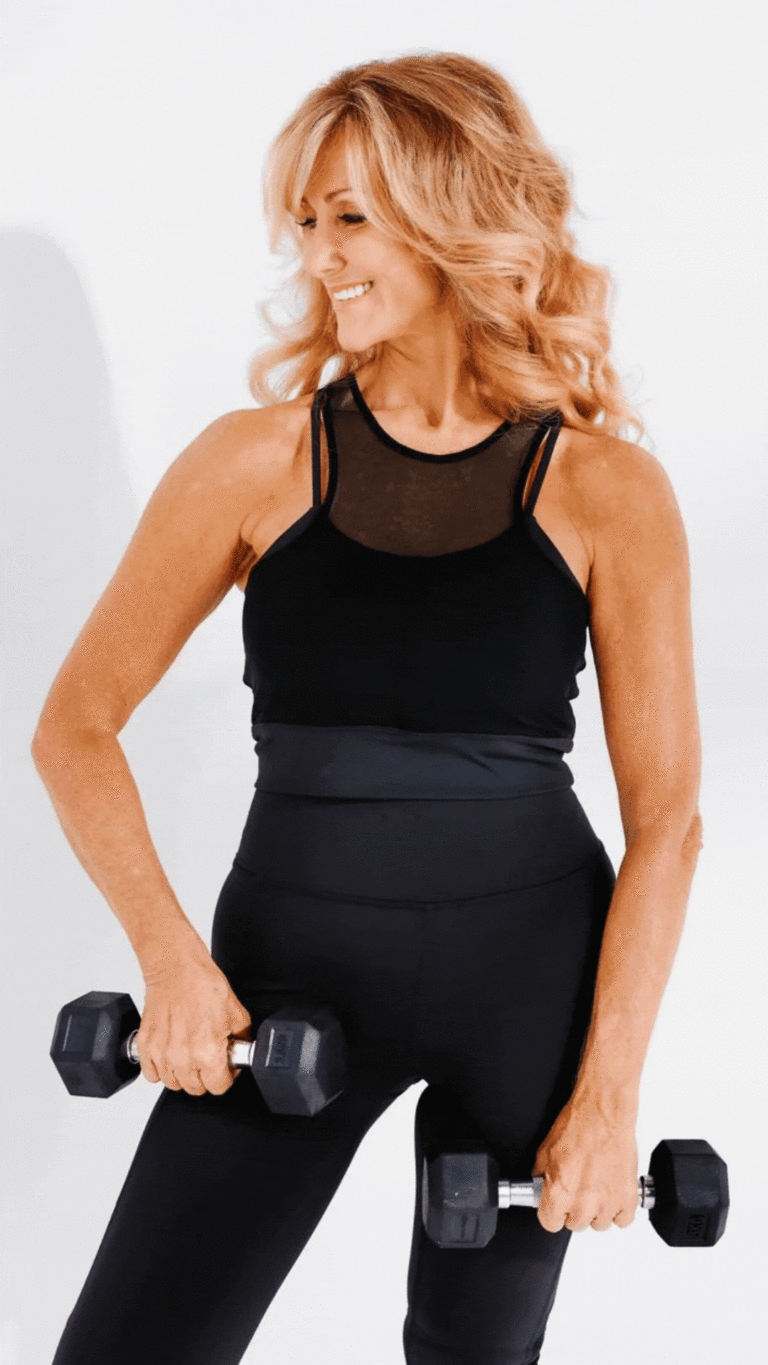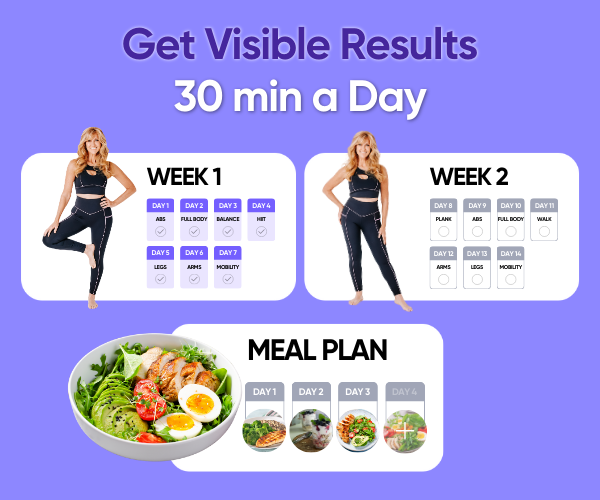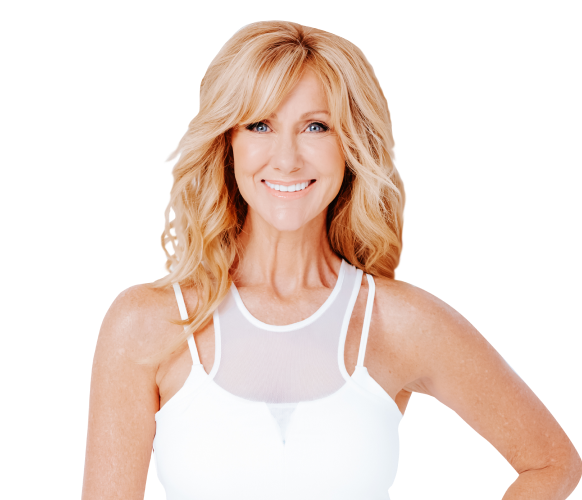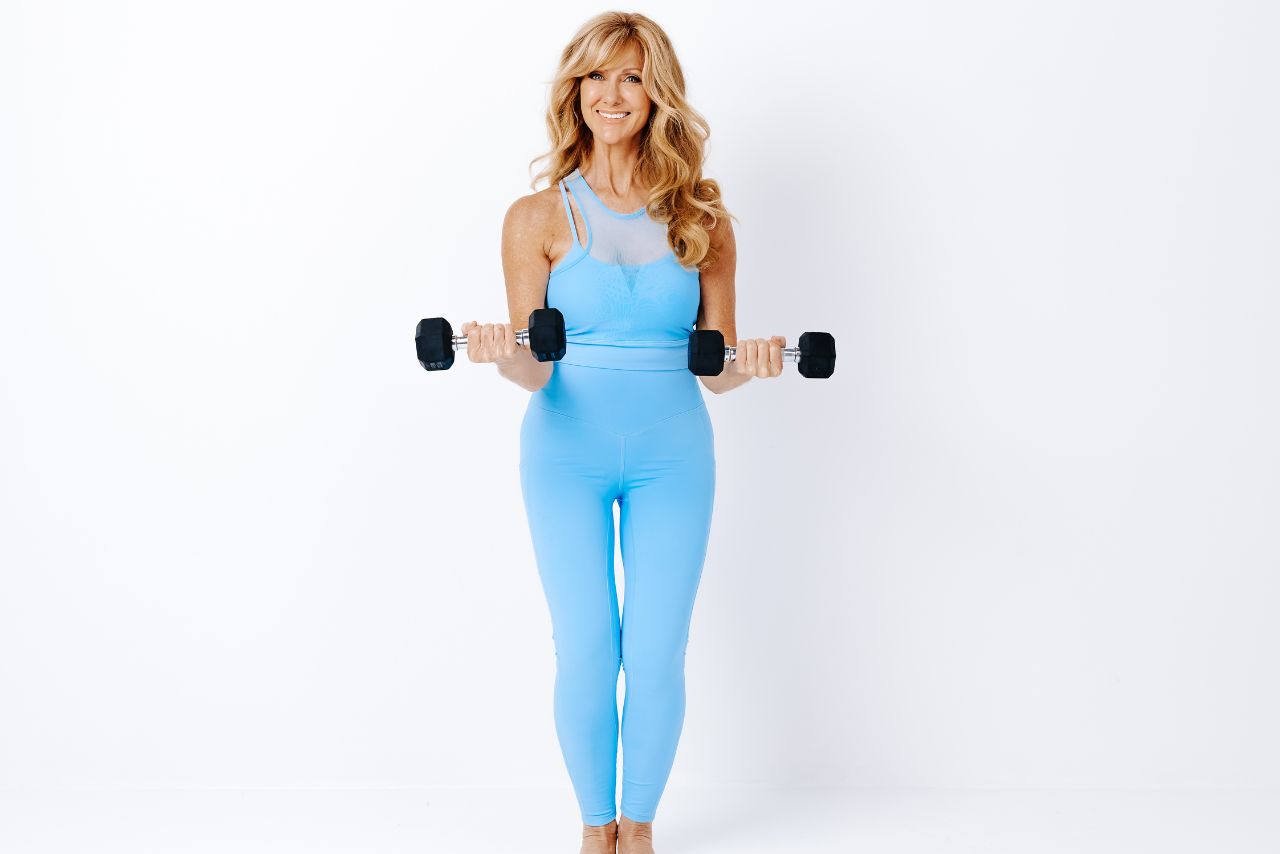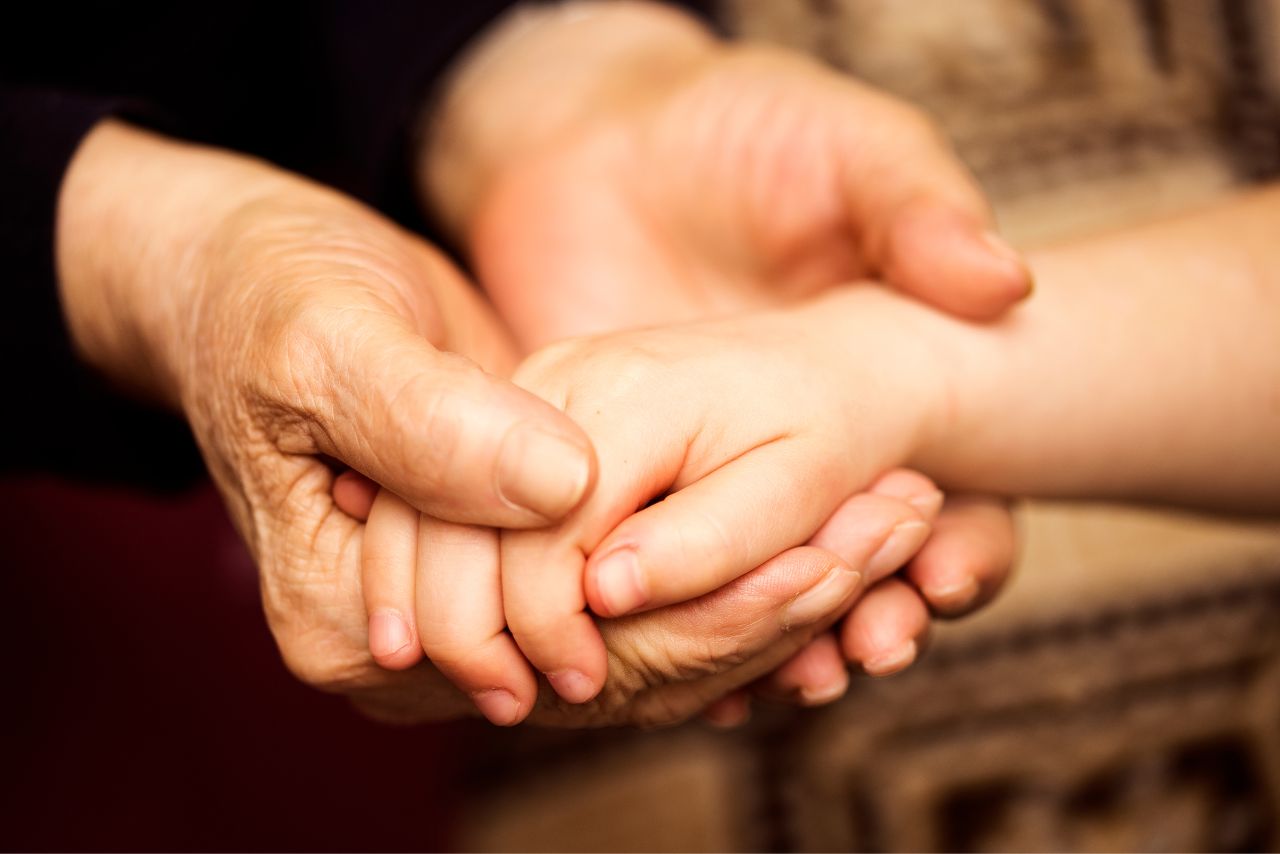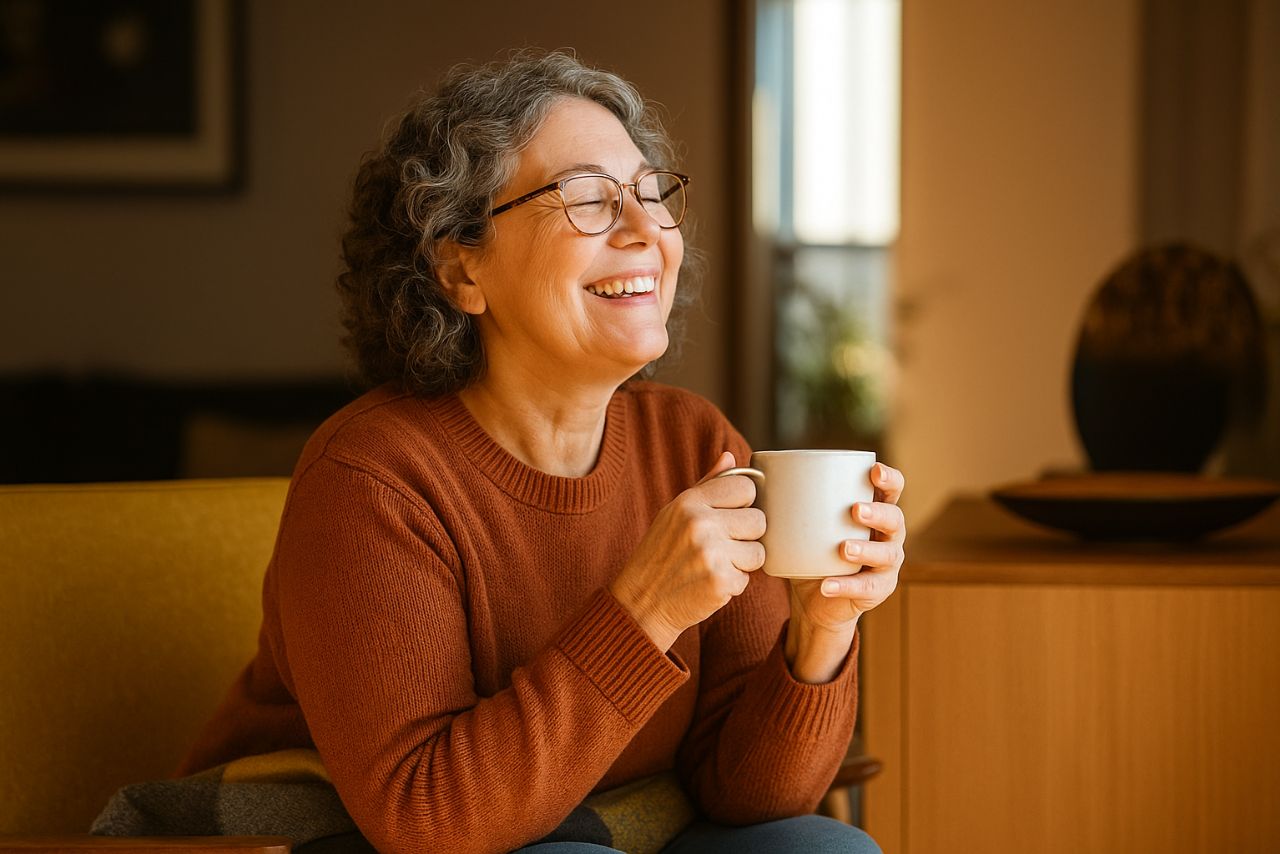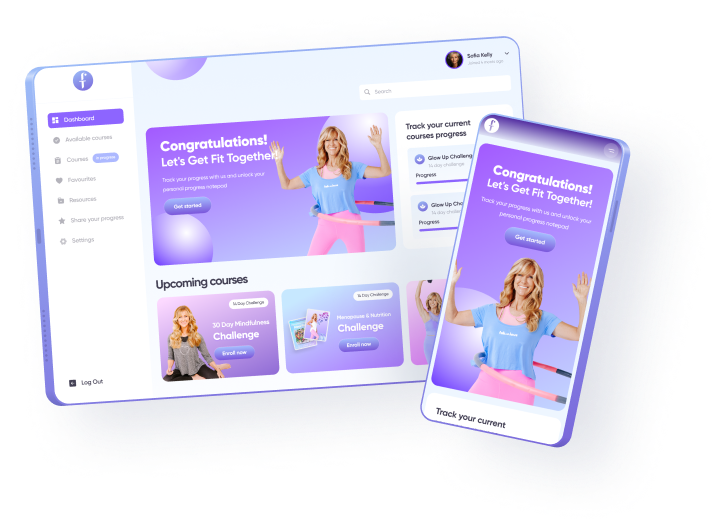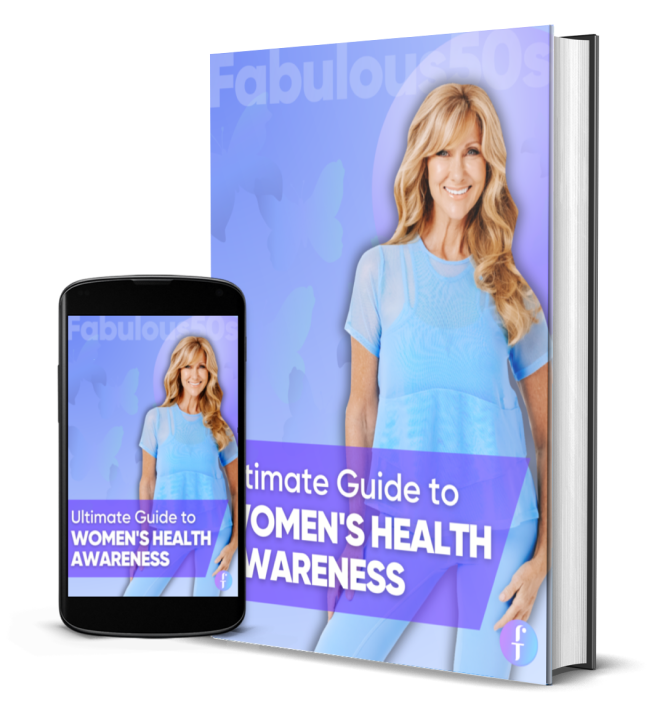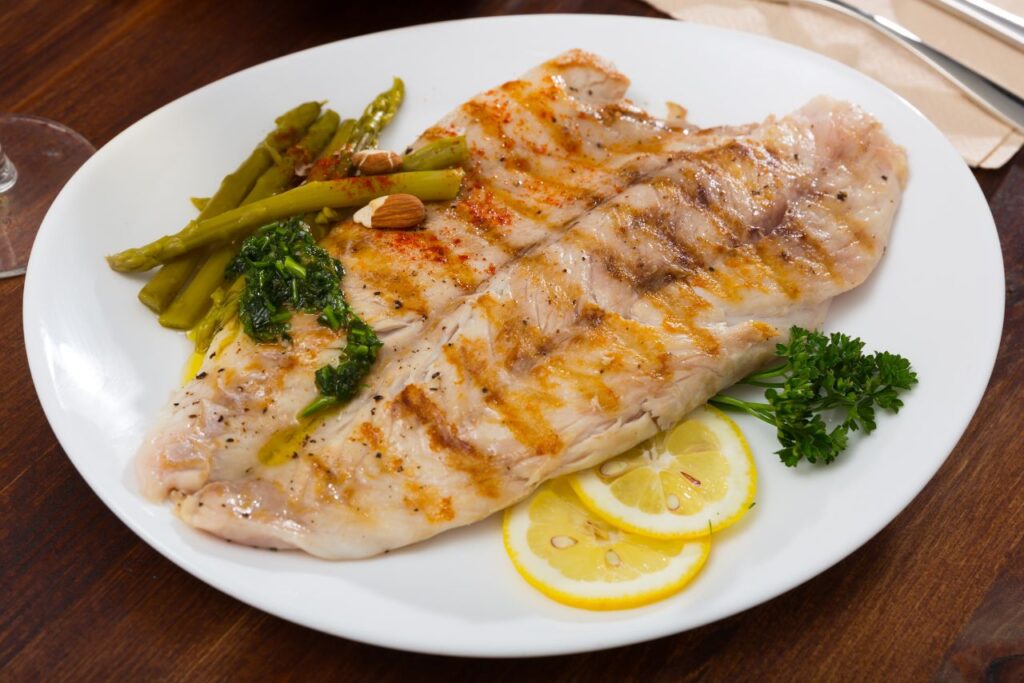
You may be trying to lose weight, eating less than ever, and doing your best to make healthier choices, yet nothing seems to change.
The scale goes up, and your energy goes down. This is the time that many women over 50 are going through right now. You don’t know what your body is trying to tell you anymore because what used to work doesn’t work anymore.
In fact, your body hasn’t given up on you at all. It’s asking for something else, something deeper, something that will help it grow.
This is where protein comes in and helps you out. Your metabolism, muscles, hormones, and even your appetite change when you reach middle age. It’s not enough to eat less anymore. Eating smarter is important, especially making sure you get enough protein.
You stop fighting your body and start working with it when you learn how protein helps women over 50 lose weight by building muscle, keeping hunger at bay, protecting your metabolism, and making you feel full longer. That’s when everything starts to change.
The Big Question: Why Do Women Over 50 Need Protein for Weight Loss?

Your body goes through a new season when you reach middle age. Your metabolism slows down, your hormones change, and it gets harder to lose weight. These changes don’t mean that your body is failing you.
They are signs that it needs a different kind of help. This is why women over 50 need so much protein. It’s not just a nutrient. It helps your body stay strong, steady, and able to respond.
There are many powerful ways that protein works behind the scenes. It helps you keep the muscle you still have and build back the muscle you’ve lost. It helps your metabolism work better, which means you naturally burn more calories during the day.
Protein also makes you feel full for longer, which helps you eat less without feeling deprived. It helps you stay active, which is important for long-term weight loss because it speeds up recovery and improves physical function.
Now let’s look at the science behind these changes and how you can use protein to help you reach your goals in a way that is realistic and long-lasting.
READ ALSO: How Much Protein Do You Need to Build Muscle Over 50?
The Science Behind Protein for Women Over 50
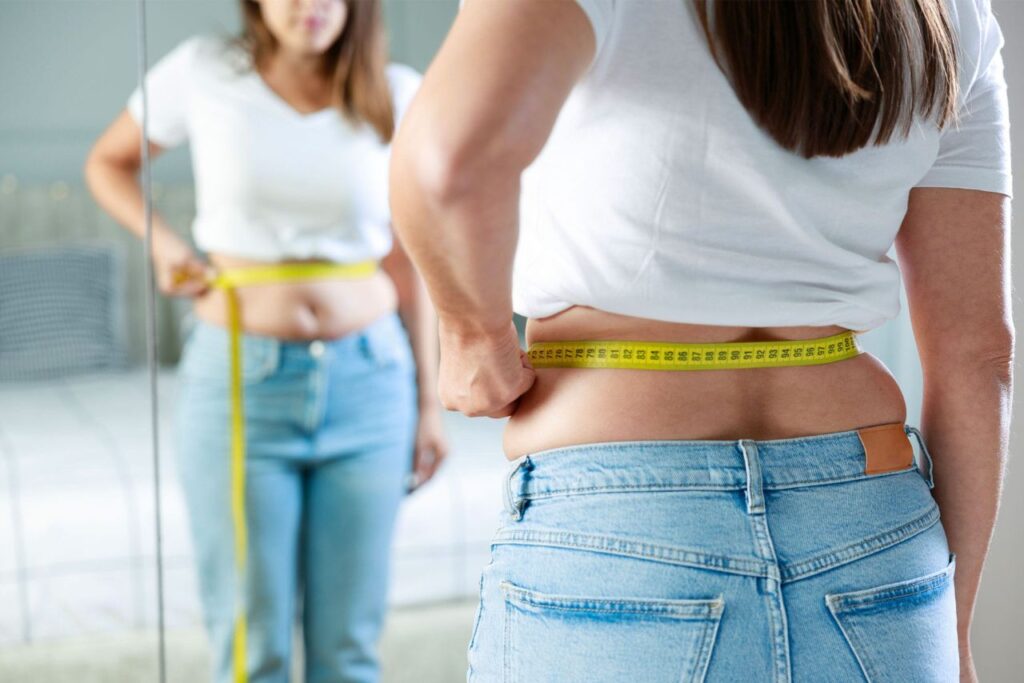
Muscle Loss & Aging
We lose lean muscle mass, a process called sarcopenia, starting in our 30s and speeding up after that. After menopause, women feel the effects more strongly.
Research from Harvard Health Publishing explains that many older adults are not getting enough protein and that muscle loss speeds up when protein is inadequate.
Higher Protein Needs
Standard guidelines say that adults should get about 0.8 grams of protein per kilogramme of body weight every day. However, older adults, especially women, need more.
The Stanford University Lifestyle Medicine team recommends 1.2–1.6 g/kg for adults aged 50+, which translates to roughly 90–120 g daily for a 165-lb person.
Protein & Weight Loss
Higher protein diets do more than just help you keep your muscles; they also help with body composition.
A study in older females found that a moderately high protein diet led to reductions in fat mass, waist circumference and improved strength compared to a lower protein intake.
Anabolic Resistance
Women get less responsive to the same amount of protein as they get older. This is known as anabolic resistance. That means you need to take a higher dose with each meal to get the same effect.
Stanford’s paper says that older adults may need about 30 to 35 grammes of protein per meal to get their muscles to make more protein.
What “Protein for Women Over 50” Means in Practical Terms
Here’s what it means for your daily life when we say that women over 50 need more protein:
- Goal intake: around 1.2–1.6 g/kg body weight or roughly 0.55–0.72 g per pound.
- Per meal target: ~30 g or more of high-quality protein to overcome anabolic resistance.
- Add strength training to your routine: Protein alone won’t rebuild muscle; you need to do resistance work as well.
- Even distribution: Spread protein across meals rather than all at one time.
READ ALSO: How Much Protein Should I have A Day Women Over 50?
Are You Hitting Your Protein Needs?
Use this checklist to audit your protein plan:
✅ Do you weigh yourself, or do you know your approximate body weight in kg?
✅ Multiply your weight in kg by 1.2–1.6 to estimate daily protein grams.
✅ Are you getting ~30 grammes (or more) of protein at breakfast, lunch, and dinner?
✅ Do you include strength/resistance training 2-3 times a week?
✅ Are you choosing high-quality protein (lean meats, fish, dairy, legumes, tofu)?
✅ Do you spread protein intake rather than loading only at dinner?
✅ Are you avoiding very low-protein diets or skipping meals frequently?
If you answered “no” to one or more of these questions, you probably aren’t getting the most out of protein for weight loss and strength over 50.
How Protein Helps Weight Loss Specifically for Women Over 50
| Scenario | What happens | Why protein shifts the outcome |
| Lower protein (<0.8 g/kg) | Loss of muscle, slower metabolism, fatigue, harder to lose fat | With less muscle you burn fewer calories and appetite control weakens |
| Higher protein (~1.2–1.6 g/kg) + strength training | Preserved/increased muscle mass, higher metabolism, better fat loss, greater strength | Muscle is metabolically active; protein supports repair and triggers fat-burn pathways |
The combination of more protein and resistance training works especially well for women over 50 because their hormones change (less oestrogen, lower growth hormone).
Practical Meal & Snack Ideas

Here are examples of meals that deliver ~30 g protein for women over 50:
- Breakfast: 2 eggs + 1 slice whole grain toast + ½ cup Greek yogurt → ~30 g protein
- Lunch: Salad with 3 oz grilled chicken + chickpeas + quinoa → ~30–35 g protein
- Snack: Cottage cheese + mixed nuts or a protein-rich smoothie
- Dinner: 4 oz salmon + steamed veggies + lentils → ~30–35 g protein
Aim for protein at each meal. If you find you’re under-eating, consider adding a protein-rich snack.
Strength Training + Protein = Better Results
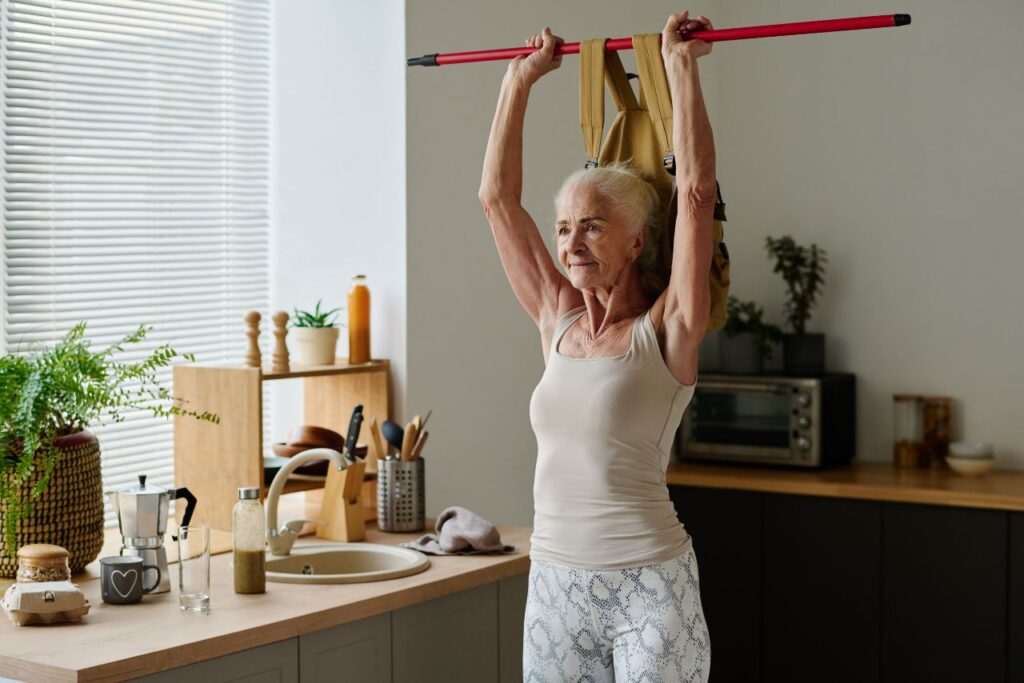
Just eating protein won’t do the whole job. Women over 50 can get even more benefits from strength training and protein strategy.
Harvard says, “Eating more protein can help muscles heal and grow, but it should be done with strength training.”
Even 20 minutes, 2–3 times per week, of resistance moves (squats, lunges, rows, push-ups, dumbbell deadlifts) can signal your body to use that extra protein where it matters.
If you’re a woman over 50 reading this, I want you to know that this isn’t about trying to look younger. This is about being stronger, healthier, and living longer.
I have worked with women who felt stuck because they were eating less, doing more cardio, and still gaining weight or losing strength.
Things changed when we started focusing on protein for women over 50, changed the training to include strength, and changed the diet to match. I had more energy, my clothes fit better, and the scale went the right way.
You should have a body that helps you, not one that fights you. This isn’t about being perfect; it’s about making progress and getting better.
Why Protein Is Built Into Every VitaliT Meal Plan
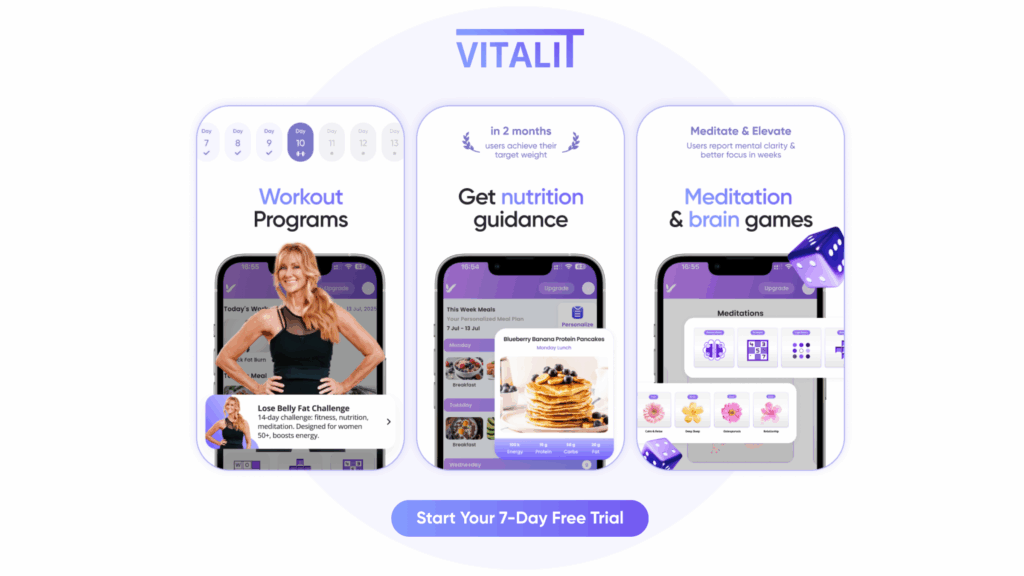
This is exactly why protein is a core part of every meal plan we create. Your body needs it daily, in the right amounts and at the right times, to stay strong and lean after 50.
Inside the VitaliT app, you’ll find high-protein recipes, simple meal ideas and ready-made meal plans designed specifically for women in midlife. They take the guesswork out of eating well and make it easy to hit your protein targets without feeling overwhelmed.
If you’re ready to support your metabolism, rebuild strength and finally see real progress, download the VitaliT app today and start your journey with a plan that works with your body, not against it.
Final Thoughts
If you’re a woman over 50 and want to lose weight, have more energy, stay strong, and live a long, healthy life, protein for women over 50 isn’t just a good idea. It’s a cornerstone.
Ask yourself: Am I eating enough protein? Am I strength training? Am I spreading my protein intake through the day? If the answer to any of those questions is “not yet,” this is your chance to change.
You’re entering a time in your life when your body’s voice is louder. You may not realise how much your choice to listen and act matters. Putting protein first is one way to show up for yourself with strength, clarity, and purpose.
Start today, set a goal for your weight and strength, and eat more protein.
FAQ: Common Questions About Protein for Women Over 50
No, extra protein helps with muscle and fat loss, not fat gain, when it’s part of a balanced plan. Extra calories may add up, so aim for quality and adjust overall intake.
Not necessarily. Whole-food sources are ideal. But powders can help if you don’t feel like eating, are busy, or have trouble getting 30 grammes of protein in each meal. Choose one with clean ingredients.
Most research supports ~1.2–1.6 g/kg for older adults. Going way over that without a good reason probably won’t help you much.
Yes, with planning. Combine legumes, tofu/tempeh, quinoa, lentils, nuts, and seeds. Studies show that older adults who eat plant-based diets with more protein still benefit, but it’s important to meet the ~30 g per meal goal.
Consistency matters more than timing. Eat protein at breakfast, lunch, and dinner. Make sure you get about 30 g at each meal.

